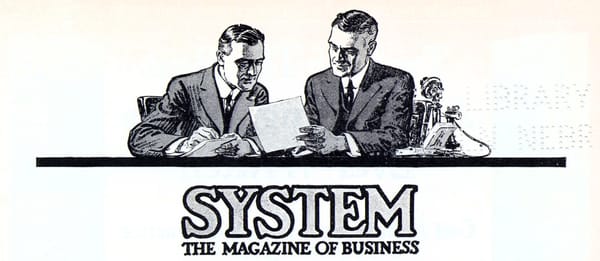3-step method for learning anything
“See one, do one, teach one” ⬅️ that’s the method.

First: See one
Watch how the task is done. Have somebody who knows what they’re doing show you how. Take notes. Ask questions. Notice the materials, tools, techniques used.
Second: Do one
Get some first-hand experience. Bring your expert along. They’ll speak up with encouragement or suggestions. Take your time and do it right. Figure out what makes it complicated (there’s always some damn thing).
Third: Teach one
Show somebody else how to do the task. You know how, and you know all the little things they’ll need to know or have on hand to get the job done. They’ll learn just by seeing you work.
You’re done!
This learning model originated ~130 years ago, usually attributed to William Stewart Halsted’s surgery dept. at Johns Hopkins University. “See one, do one, teach one” is still used in medical training. It works. In more recent decades, because we can’t have med students slinging a knife and “doing one” on patients anymore, the model has been updated a bit. What happens in medicine today is more like “see many, do many with supervision, teach many.” In other words, they’ve slowed the learning method down for patient safety, but not changed the progression in any basic way.
For knowledge work
Guess what? “See one, do one, teach one” is a GREAT fit for knowledge and service work, because there is so much tacit knowledge embedded in the work.
All that little, vitally important stuff like:
- “It won’t let you pull the report unless you sort data by these headings, for some reason.”
- “Even though form A is first, it’s easier to start with form C since that asks the same questions in a better order.”
- “The Spanish language brochures are out of date, make sure you update this part first if you hand them out.”
- “The position of the ‘save’ and ‘cancel’ buttons are reversed on this screen.”
(These are all real examples.)
Try “see one, do one, teach one” sometime. It’s so much better than sending everyone to training (boring) or throwing a grossly outdated playbook at new hires (inhumane, although you should still write a playbook and update it).
Apprenticeship is the method, and one’s peers are the experts. The trainer’s role then becomes that of matchmaker—finding a person ready to teach for each person ready to learn—and of opening a little space and time for learning to arise.
TL;DR:
- “See one, do one, teach one” is a great way to teach and learn complicated tasks.
- It matches how people learn (by doing)…
- …and transmits what’s important for doing the work (tacit knowledge).
- You don’t need an elaborate training function to do it.



